Coniferous bonsai: what is and how to grow?
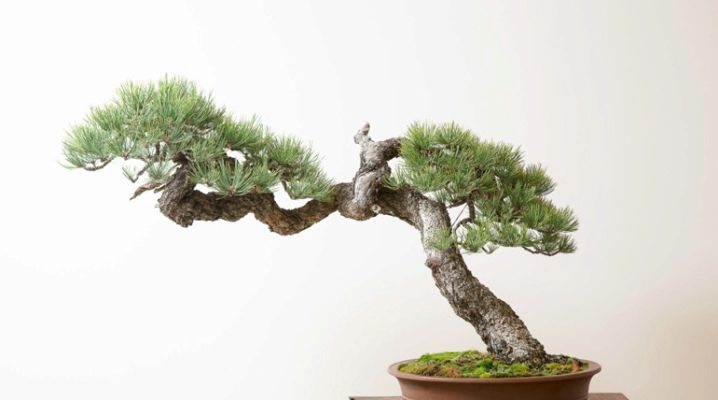
Bonsai is the amazing art of growing miniature copies of real trees. It originated in ancient China and became especially widespread in Japan. In this country, a whole system for growing these trees has been created, each species has its own style and carries some kind of philosophical thought. Bonsai can be grown from both deciduous and coniferous trees, but conifers look especially beautiful.
After all, if we compare, say, a giant sequoia and its tiny copy, then the question arises, how is this even possible. And it immediately becomes clear that this occupation requires tremendous patience and work.
How to grow a coniferous bonsai
The word "bonsai" means both the growing process itself and the mini-tree itself. Coniferous bonsai can be grown from cypress, for example. There are many types of cypress, but they look especially beautiful in Nutkan (weeping) and dull-leaved bonsai, as their branches acquire various picturesque bends and bizarre shapes as they grow. Thuja bonsai is attractive, miniature Japanese cedar or metasequoia looks good, juniper is also suitable. In general, it should be noted that to create a coniferous bonsai, it is better to choose trees with lush and dense needles.
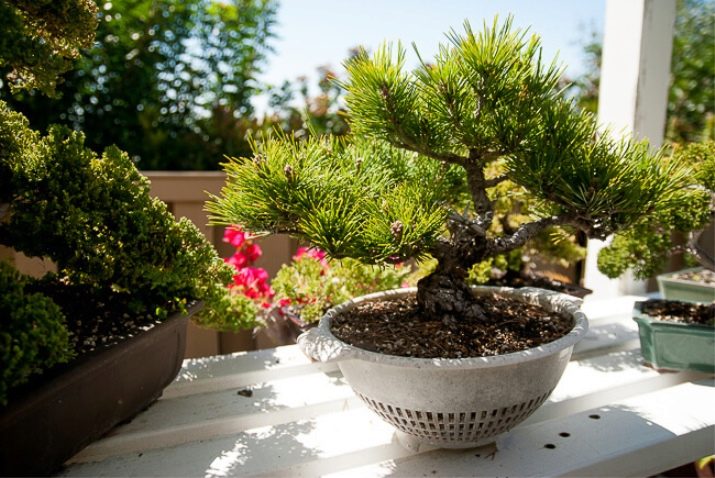
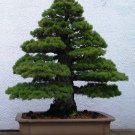
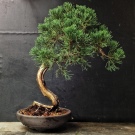
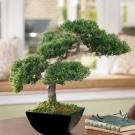
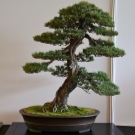

There are several ways to grow mini-trees: from cuttings, from small seedlings, but the best and most effective option is from seeds.
- Stalk about 5-10 cm in size, cut from the mother tree in spring, planted in prepared soil. At the same time, the conditions of a greenhouse are created so that the cutting takes root as quickly as possible. When fresh shoots or light green needles appear on the branches, this is a sure sign that the stalk has taken root. After some time, it can be finally landed in a permanent place.
- Seedling can be purchased from the nursery or you can also dig it yourself in the forest. It is important that it is no more than 15 cm and has a healthy appearance. You need to dig it out together with the adjacent lump of earth and transport it in this form. When planting a seedling, the top and side branches are cut off, the roots are slightly trimmed.
- With seeds the situation is similar. If you need any exotic species, such as, for example, the Korean fir "Blue Emperor" or the Elwoodi cypress (bred in 1938 in England), then, of course, these seeds need to be bought in specialized nurseries or, as is now common, ordered on the Internet -shops. If ordinary trees are satisfied, then you can find fir, larch, spruce or pine in the forest, husk seeds from cones and plant in prepared soil.


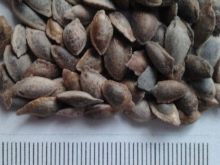
The bonsai pot should be small, preferably flat and shallow. As the plant grows with an annual transplant, a capacity is chosen slightly larger than the previous one. The soil is selected according to the type of plant. It can be clayey or, conversely, light and loose. In some cases, the soil may consist entirely of rocky elements only. After all, there are many styles of bonsai, each of them has its own Japanese name and carries its own philosophical meaning.
In each case, a certain type of tree and the corresponding soil are selected.
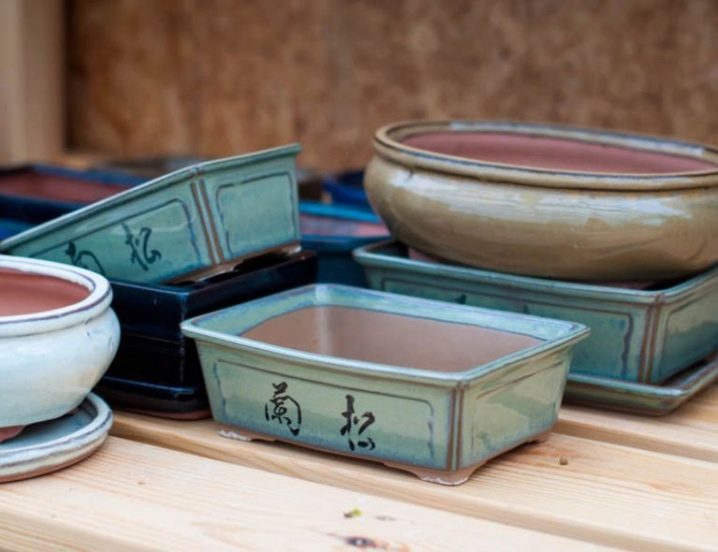
The very essence of the formation of a mini-tree is in compliance with the proportions of the crown and roots. To do this, regular pruning of lateral branches and crown tops, as well as roots during annual replanting. The formation of the stem and branches and their direction are regulated by copper or aluminum wire or by truncation of the trunk.
The twigs are wrapped with wire so that the bark is not damaged, and then fixed in the required position and aged for about a year. In some cases, the bark is trimmed or scraped to give it a special look.
Human intuition plays an important role in these actions, that is, when growing a miniature tree, you literally need to put your soul into this business. It should also be noted that the process of creating a bonsai requires a lot of patience, and not every beginner will be able to handle it.
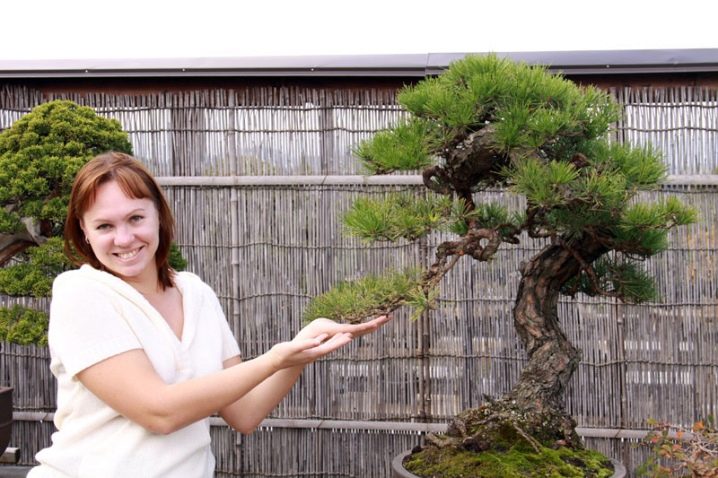
Features of home care
When growing trees at home, you need to remember that bonsai is a copy of a real tree and, therefore, the conditions of its maintenance should be close to their natural ones. In other words, there are differences in the cultivation of tropical conifers and their northern counterparts.
Temperature conditions, lighting, air humidity, the amount of watering are different for different types. Seasonality is also important for spruces, firs and pines, since in winter they have a dormant period, and at this time it is advisable not to disturb the plant and reduce the frequency of watering. It is also necessary to create cooler conditions of detention - the air temperature should be no more than 15 degrees.
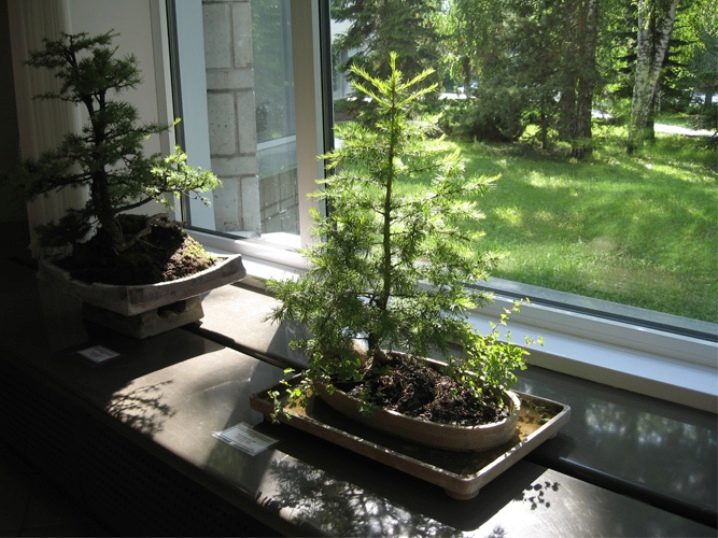
General rules for caring for all types of bonsai in the apartment.
- Timely watering, that is, the soil should not dry out completely.
- Maintaining sufficient air humidity. It is advisable to install additional humidifiers during the heating season.
- Timely fertilization. For all species, it is better to do this in spring and autumn and use complex fertilizer.
- Annual pruning and replanting, which are also best done in the spring.
- Prevention and treatment, if necessary, against various diseases and insect pests. For this, it is possible to use both natural and chemical agents.
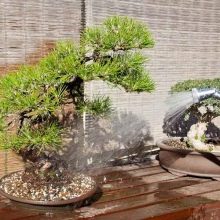

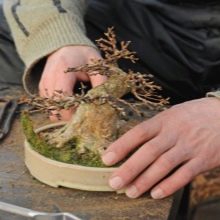
Pruning mini bonsai
There are special tools for pruning bonsai, such as Japanese saws, pruning shears. In the case when the branches are very delicate and thin, pruning can be done with ordinary scissors. Tools must first be treated with an antiseptic.
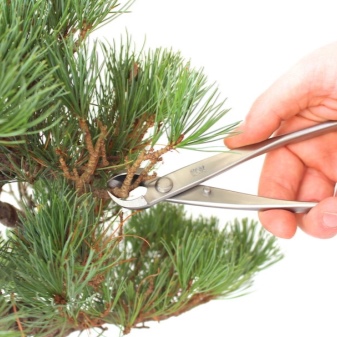
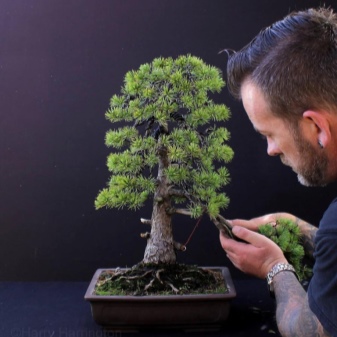
Pruning is carried out to give the necessary shape and size to the trees, as well as for stylistic design, that is, when it is necessary, for example, to give the shape of a cascade, pyramid or some other figure.
- To maintain the size and shape, pruning is carried out in the spring, as well as transplanting into another pot or fresh soil.
- Stylistic design is best done in winter, when the plant is dormant, and the formation of new branches and buds does not begin.
- Supportive pruning removes dry dead branches, as well as crossed and broken branches.
- It is necessary to remove excess buds on the branches, shorten them, leaving 3-4 branch points. This method will avoid thickening of the crown.
- Simultaneously with this procedure, root pruning is carried out during transplantation. Young trees need to be replanted every year, while selecting containers larger than the previous ones. It is enough to replant more mature plants every 2-3 years, and sometimes less often.
After pruning, it is imperative to process all the cuts with pitch or special putty to avoid infection, and also to make the cuts grow faster. It is also necessary to water the mini-bonsai after pruning, at first very abundantly, but then reduce watering to the daily rate.
Thus, the essence of pruning is to give the necessary shape, thinning the crown, removing dried or diseased branches, that is, improving the indoor mini-tree, as well as creating a certain style of bonsai.
How to care for coniferous bonsai, see below.































The comment was sent successfully.